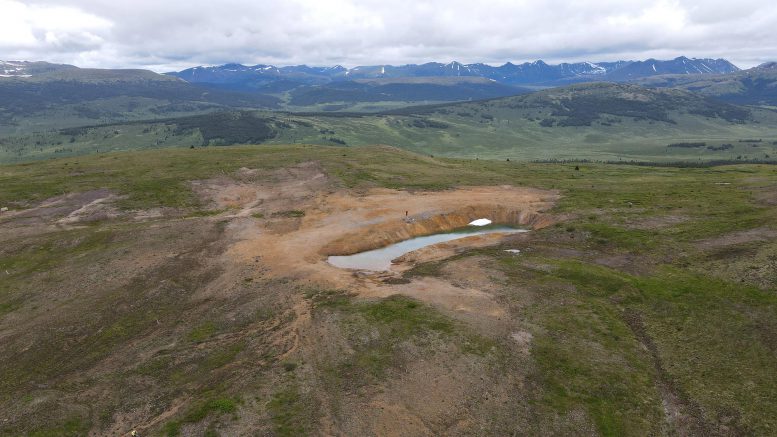Thesis Gold (TSXV: TAU; OTC: THSGF) says the first metallurgical tests on samples from its Ranch project in north-central British Columbia’s Golden Horseshoe have a gold recovery rate of between 90% and 98%. The company believes the property could produce high-grade gold concentrates using low-cost conventional extraction methods.
The tests were carried out on composite core samples from the Bonanza, Ridge, Thesis II, and Thesis III zones at Ranch. The composites represented various mineralogy and spatial areas from specific depth and zones within the potential future resource area. The tests were performed by Bureau Veritas Minerals (BV)’ metallurgical division in Richmond, B.C.
Tests were conducted on material ground to a particle size of 80% passing (P80) 74 microns or coarser. After flotation and three stages of cleaning, bulk tailings grades were less than 0.25 grams gold per tonne, and often less than 0.10 grams gold per tonne, reported Thesis.
Samples with elevated copper and silver content responded well to differential flotation, producing a cleaned copper concentrate of over 22% copper. Precious metals can then be recovered in a secondary concentrate with an overall recovery of 97% for both gold and silver.
The Ranch project has yielded core assays of 6.07 grams gold per tonne over 28 metres, 5.11 grams gold per tonne over 20.4 metres, 19.58 grams gold per tonne over 34 metres, and 8.80 grams gold per tonne over 27 metres.


Be the first to comment on "Thesis Gold tests recover 98% yellow metal from Ranch samples"